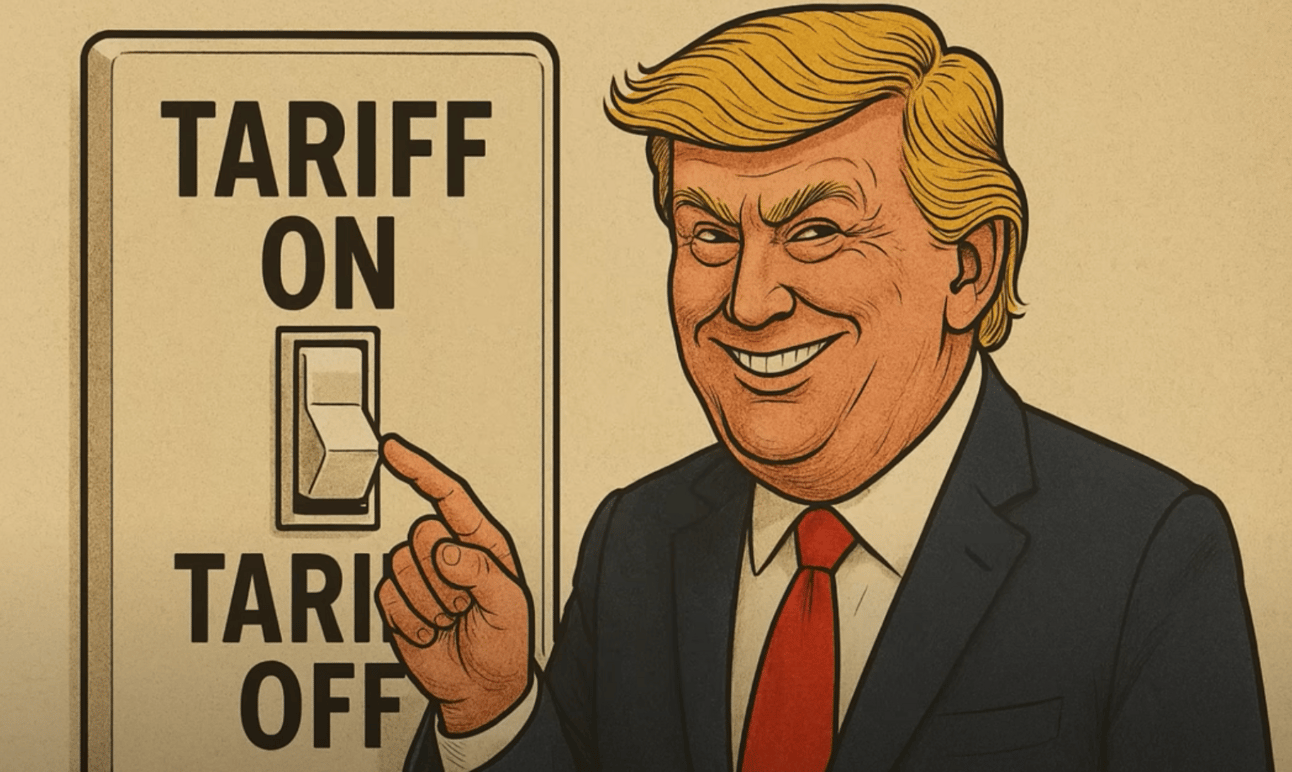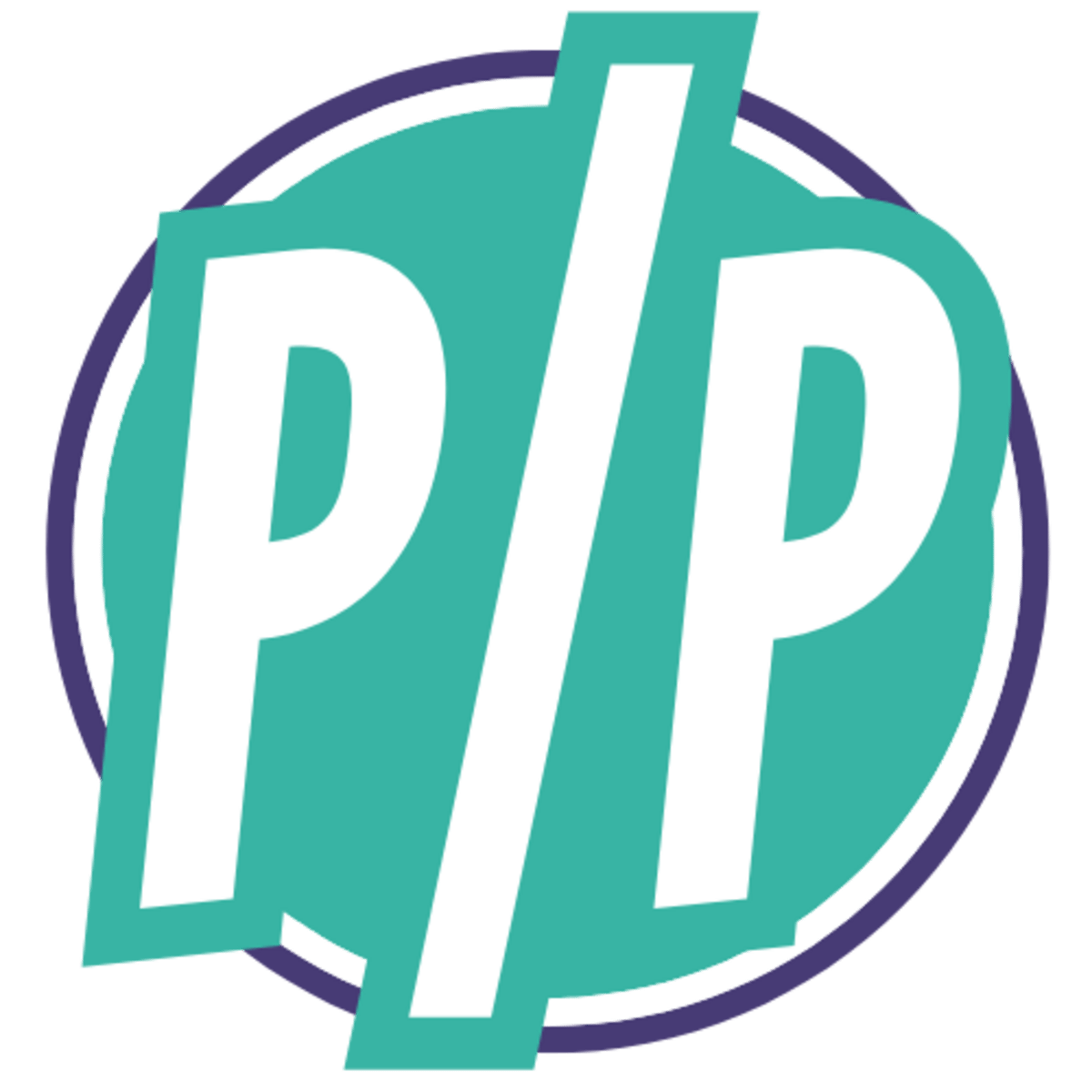- The Supply Times
- Posts
- Tariff Chaos And Decision Paralysis
Tariff Chaos And Decision Paralysis
The Supply Times Issue #81
Hello again, dear readers!
Whether you’re reshoring, nearshoring, friendshoring, or simply unsure, relocating manufacturing is a process that typically takes eight to ten years. But with the constant changes and backflips on trade deals and tariffs, how can a decision-maker know with certainty that they’re making the right decision? Spoiler: they can’t, which is why we’re seeing a global slowdown in dealmaking. Read on below to find out more.
Also, have you ever come across a brutal job ad on LinkedIn that has a “do not apply if you’re not willing to work hard” message? These, unfortunately, are on the rise. They’re an instant turn off for any candidate who values work-life balance, but consider this: that’s the whole point. More on that below.
This issue features the usual bunch of AI Insights and recommendations for the week's podcasts, books, shows, charts, and tweets, followed by a final chuckle.
Let’s get going.
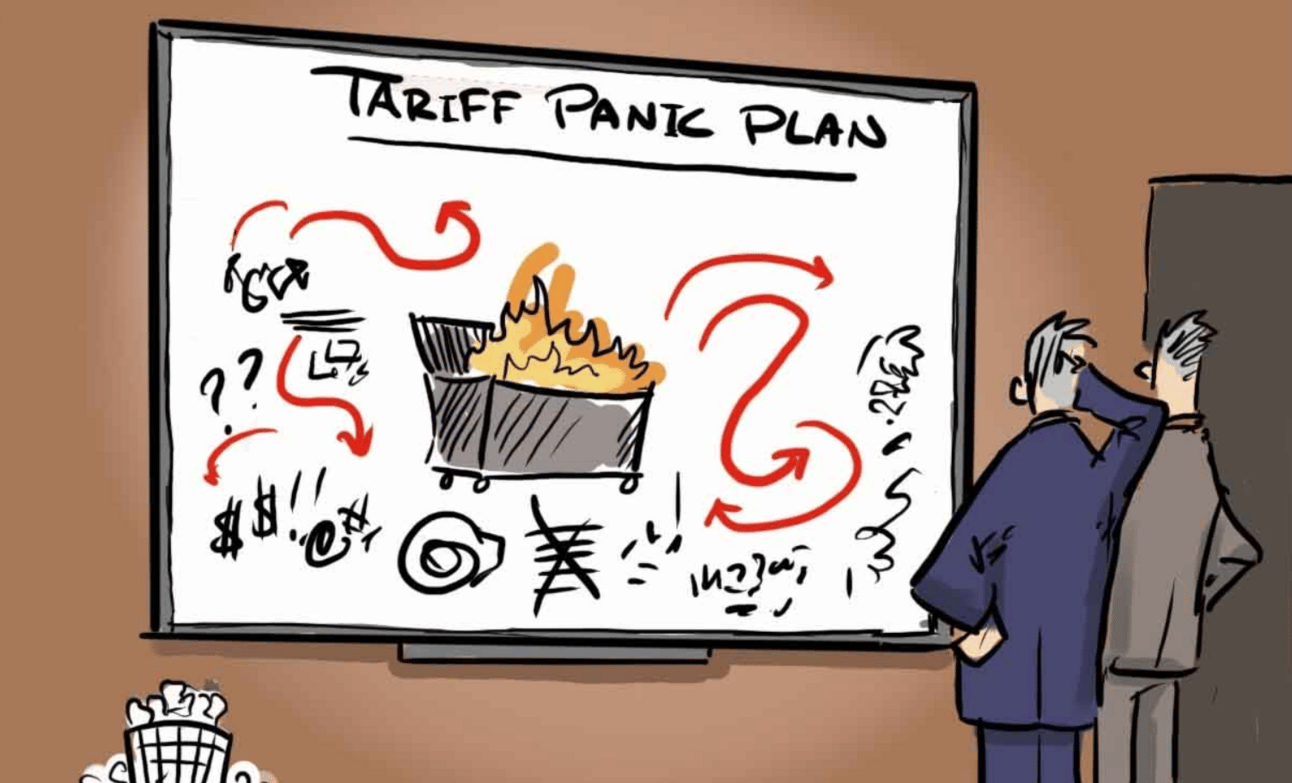
Image: Scotwork
Industry Highlights: The Long Game of Manufacturing Relocation Amid Tariff Turmoil
Factories cannot be built overnight. Workforces can’t be assembled in a week. Relocating manufacturing from country to country is a long-term commitment that typically takes eight to ten years. Companies must weigh various factors like labor costs, logistics, and market conditions. However, the current climate of unpredictable tariffs and sluggish trade negotiations is making it increasingly challenging for businesses to make these critical decisions. The consequences of this uncertainty can be felt throughout the economy, as reported by the Financial Times.
Tariff Turmoil and Trade Agreements
In May, when the UK became the first country to strike a trade agreement with the U.S. following President Trump’s announcement of sweeping reciprocal tariffs, it was hailed as a model for other trading partners. Yet, nearly two months later, only Vietnam managed to secure a deal, highlighting the slow pace of negotiations and the lingering uncertainties. What’s concerning with Vietnam is that it may be a backdoor for Chinese exports.
In the meantime, China hasn’t been sitting on its hands. Exports globally are up nearly 5% despite a 34.5% drop in trade with the U.S. and a sharp drop with its neighbor, Russia. China’s deep investment in Africa (through the Belt and Road scheme), is now paying dividends.
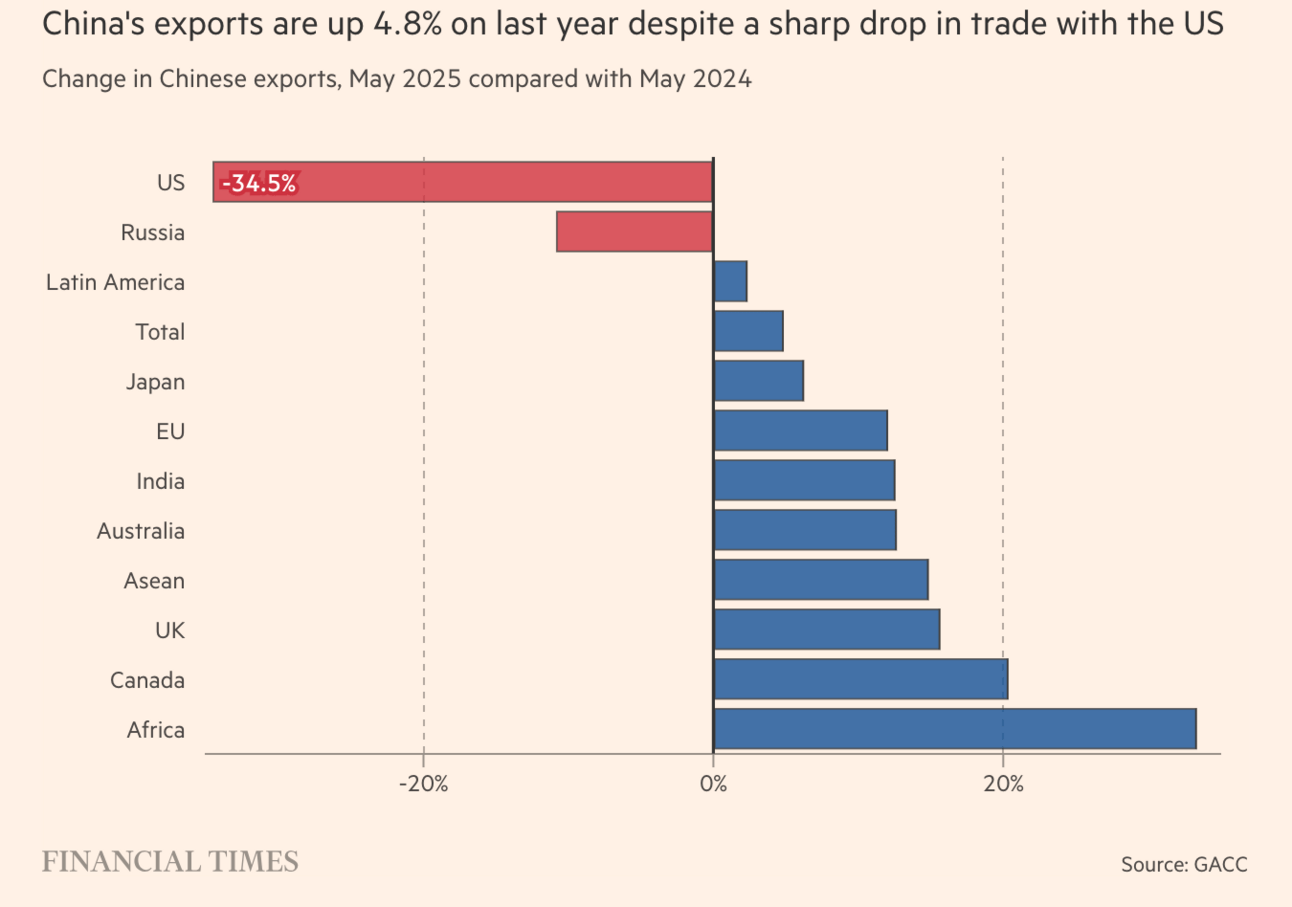
The Challenges of Long-Term Planning
The panic triggered by “Liberation day” tariffs on April 2 was somewhat alleviated by a subsequent 90-day pause. Still, a sense of unease permeates global boardrooms as countries rush to secure deals before looming deadlines. Many companies are now adopting a “hold” strategy, diversifying their sourcing but largely waiting for clearer signals from the White House.
How difficult has it been to diversify away from China? Well, as this graphic shows, it depends on the product. Pharmaceuticals have been relatively easy, rubber and plastic are mixed, and laptops are proving very difficult to source from other countries.

The Ripple Effects on Supply Chains
Businesses are increasingly stockpiling goods and utilizing bonded warehouses, which allow them to hold products without immediately paying tariffs. This shift has led to storage costs soaring to four times that of non-bonded facilities. Meanwhile, port congestion is becoming a pressing issue, as ships, responsible for 90% of global trade, struggle to navigate the changing landscape. Boudewijn Siemons, CEO of Europe’s largest port in Rotterdam, warns that these changes will likely drive up consumer prices as companies adjust their supply chains.
The impact of tariff uncertainty extends beyond immediate supply chain adjustments; it’s freezing investment decisions across the board. A PwC survey found that 30% of dealmakers paused or revised their plans due to tariff-related uncertainties. This slowdown in mergers and acquisitions contradicts expectations that Trump’s return to the White House would spur a wave of deal-making.

Analysts emphasize that while tariffs are a significant factor, they are not the only driver of change. Regulatory shifts, such as upcoming rules requiring cars sold in the U.S. to contain no Chinese software by 2027, can be even more influential in determining where companies decide to locate their production.

Looking Ahead
The current landscape presents a complex challenge for businesses. While many are considering reshoring or friendshoring (relocating operations to geopolitically aligned countries) these transitions are fraught with difficulties. A Bain survey indicates that while 80% of CEOs plan to increase onshoring, only 2% have successfully made the shift.
The hope is for clearer and more stable policies that enable businesses to invest confidently in the future. Until then, the challenge remains: how to plan long-term when the playing field is constantly shifting underfoot. The economic implications of this uncertainty will continue to unfold.
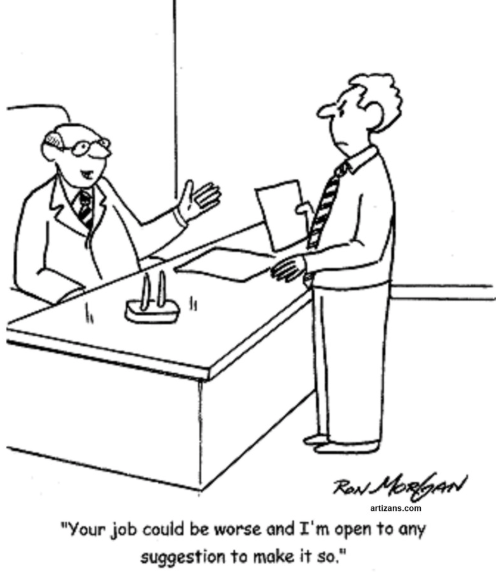
The Future of Work: Brutal Job Ads Are On the Rise
The recent job market trend of prioritizing long hours and high demands over work-life balance has taken a sharp turn, and you’ve probably seen some eye-rolling job ads that reflect this shift. You know the ones: companies posting lines like, “If you’re looking for work-life balance and a remote role, this isn’t the job for you!” or “We expect you to work 70-hour weeks. Don’t even think about applying if you can’t handle it!”
It feels like a badge of honor for some employers to be brutally honest about how much they’re willing to suck up their employees’ time.
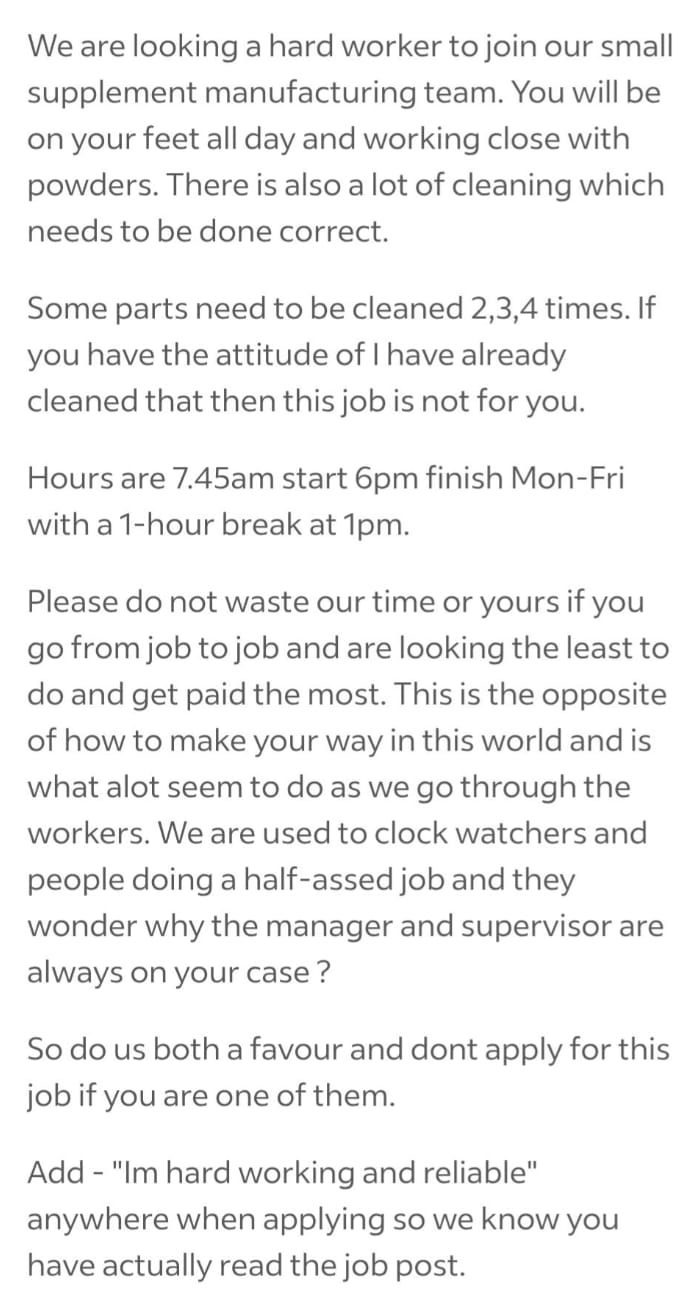
This is a big change from the pre-2022 days when flexibility and that elusive work-life balance were all the rage. Now, companies have taken off the mask, hoping to attract folks who are ready to roll up their sleeves and dive into a demanding work culture. And with so many job seekers out there, employers feel like they can set the bar high.
Benefits of brutal job ads
Have you ever added “please don’t apply if…” to a job ad? It’s a bold move with some undeniable benefits. Firstly, the employer will attract fewer but more suitable candidates that better fit their vibe. By being upfront about the challenges, these companies aim to find candidates who are genuinely prepared for the reality of the job, which could lead to better long-term retention. Secondly, honesty is a better policy, rather than cat-fishing candidates with the promise of a relaxed culture that doesn’t match the frantic reality. Spelling out what you want in the job ad can encourage candidates who aren’t fully on-board to self-select out, leaving you with a smaller pool of genuinely interested candidates.
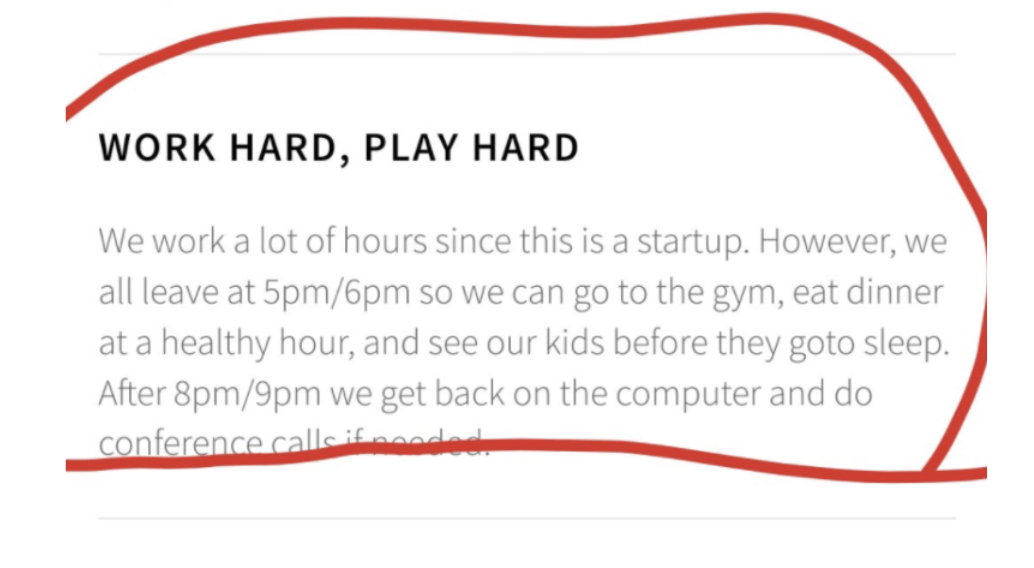
On the flip side, a brutal job ad is a public document, seen by your existing employees, customers, suppliers, and others, who may become concerned about the culture you’re attempting to build. The expectation to work those grueling hours can turn off applicants who value their personal time, as seen in reactions on platforms like Reddit, where many job seekers say they’d need a hefty paycheck to even consider such demanding roles.
Some employers may say that’s the point. But others may ask themselves if they are losing access to some of the best talent in the market.
An Employers Market Means a Tougher Approach
This shift reflects a labor market that’s become more favorable to employers, allowing them to set stricter expectations. Companies feel empowered to demand more, knowing that many job seekers are eager for any position in a competitive landscape. We’ve seen this across the board with CEOs who are winding back hard-won work-from-home arrangements because they’re confident they will be able to replace any employee who quits in protest.

Something that you may have noticed is ‘brutal’ ads are universally directed at junior and low-skilled roles. You don’t see this sort of thing in executive recruitment, so there’s certainly a power element at play.
The challenge is creating a work culture that values hard work while still allowing for personal time and balance. Is this really such an unattainable goal?
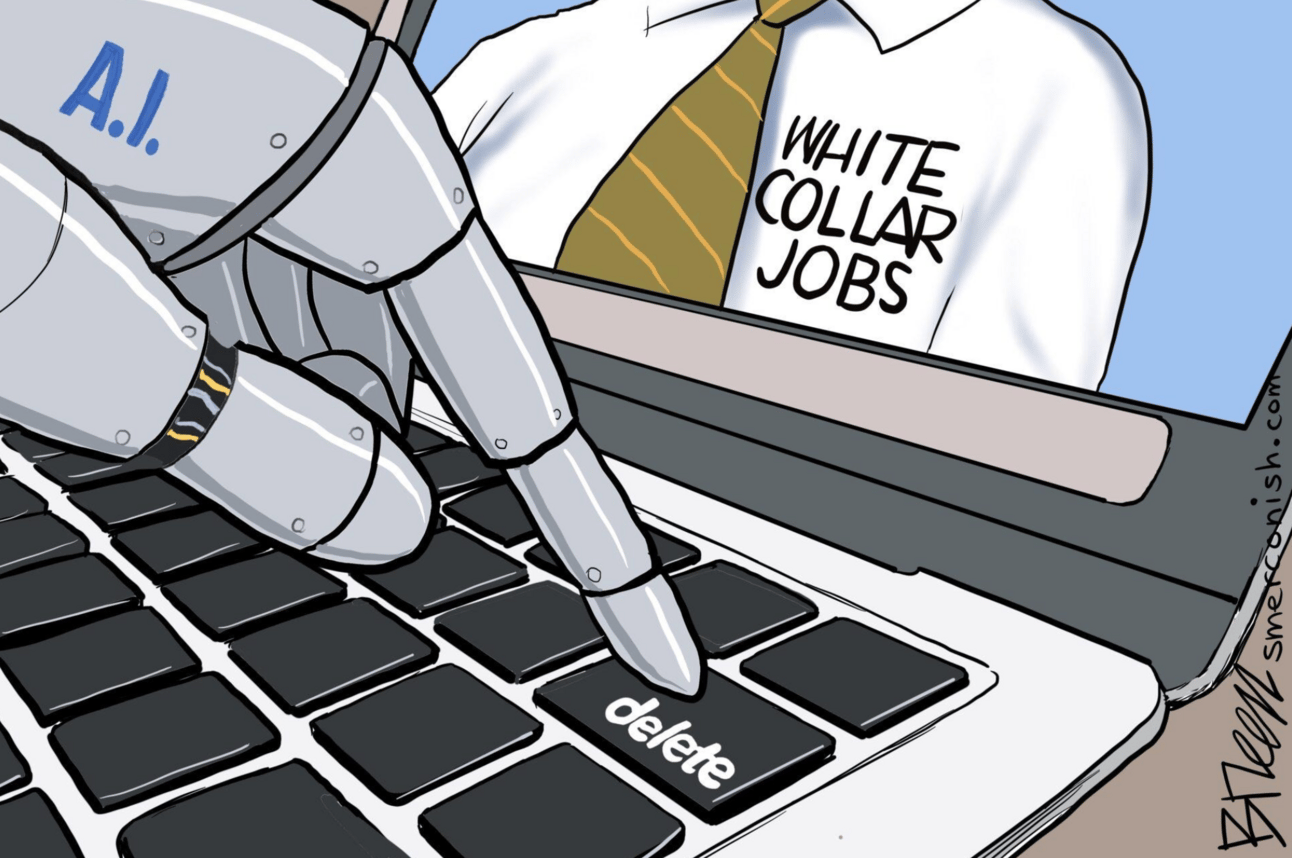
AI Insights
China is launching an AI supercomputer into orbit: China has launched its first cluster of satellites for a groundbreaking AI supercomputer constellation that will revolutionize in-orbit data processing. This ambitious project, set to expand to 2,800 satellites, heralds a new era of space-based computing that could drastically shift global technological power dynamics and reduce reliance on traditional ground-based systems. Meanwhile, NASA is set to lose 25% funding and over 2,000 senior staff.
Wimbledon AI judge at fault: Tennis players are criticizing Wimbledon for replacing human line judges with an AI system, citing issues with incorrect calls that affected their matches. Emma Raducanu pointed out a specific instance where a ball was incorrectly called in, despite a replay showing it was out, and after a failure in the AI system during a match, Wimbledon issued a formal apology.
AI hinders learning for students without human guidance: A Turkish study revealed that students using AI (GPT-4) for homework without guidance scored 17% worse on their final exams, indicating that reliance on AI can hinder genuine learning. Additionally, while AI can generate creative ideas more effectively than humans, it often produces less diverse outputs.
The Supply Aside
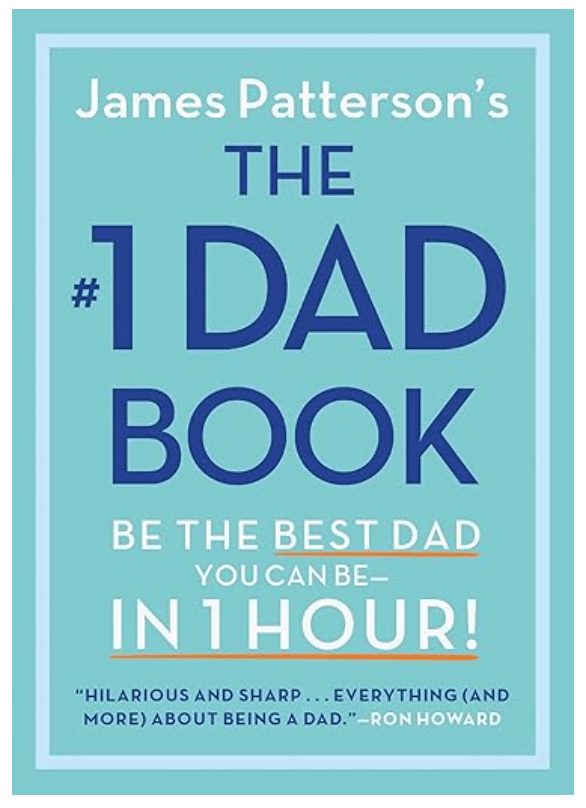
I received this delightful new book by the inimitable and prolific James Patterson on Fathers Day and it was a great read. Very funny, jam-packed with useful insights, and true to word, it didn’t take more than an hour!
What Else I’m Reading
Amazon will soon have more robot workers than humans: Amazon, which announced a few years ago that it aims to be “Earth’s best employer”, is nearing the robot tipping point, having deployed over one million robots in its warehouses. They’re increasingly close to matching the number of human workers.
Slow down brain ageing with the Green Med diet: A new study from Ben-Gurion University highlights that keeping your blood sugar in check can really help slow down brain aging, especially if you follow the Green Mediterranean diet packed with plant-based goodies. Over 18 months, participants who improved their blood sugar levels saw positive changes in key brain areas.
More AI agents are conducting first-round interviews: AI agents are now handling first-round job interviews, screening candidates before human recruiters get involved. With job applications increasing by 30% over the past two years, many organizations are using AI to automate recruiting processes, conducting interviews via phone or video that last anywhere from a few minutes to 20 minutes. Do candidates enjoy the experience? No.
📺 Watch - Twitter: Breaking the Bird
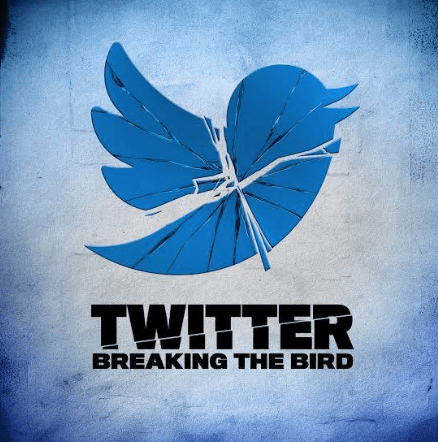
"Hallucinogenically optimistic" is how some founders describe their early vision for Twitter. Twitter: Breaking the Bird is a compelling documentary that chronicles the rise and fall of the platform. It explores the initial excitement among its creators, the challenges of managing free speech and online abuse, and the consequences of leadership decisions. This 75-minute film offers critical insights into how Twitter transformed from a revolutionary communication tool into its increasingly chaotic form.
Personally, I still use X. I've found it's still the go-to place for raw insights from people with something interesting to say, although navigating through the noise has become a challenge.
👂 Listen - HBR on Leadership: The Right Way to Step Down as CEO

I've seen plenty of examples of clumsy leadership transitions that led to workplace culture issues and operational challenges. This episode of HBR on leadership explores the often mishandled process of CEO succession, emphasizing the vital role of the outgoing leader. While much focus is placed on the new CEO, Rebecca Slan Jerusalim and Navio Kwok reveal that boards are frequently caught off guard by resignations and may unintentionally exclude the departing leader during the transition.
💡 Think - Culture Happens – With or Without You
Everyone's obsessed with corporate culture these days, but most still struggle to get it right. They plaster buzzwords like "innovation" and "transparency" on the walls and think they've cracked the code. Spoiler: they haven't. The Economist nailed something crucial this week when it highlighted how culture isn't a vibe. It's your operating system. SpaceX burns people out but attracts rocket scientists chasing purpose. Lockheed Martin offers stability and attracts engineers who value a balanced work-life approach. Both work because they know exactly who they are.
Here's the gut check: what do your people do when no one's watching? That FedEx employee who chartered a plane to deliver a wedding dress wasn't following a manual, she was living the culture. As someone who's worked through several transformations across numerous industries, I can tell you: culture follows strategy. But where strategy is silent, culture fills the gap. And if you're not deliberate about what you reward and who thrives, don't be surprised when the culture that emerges isn't the one you hoped for.
Charts of the Week
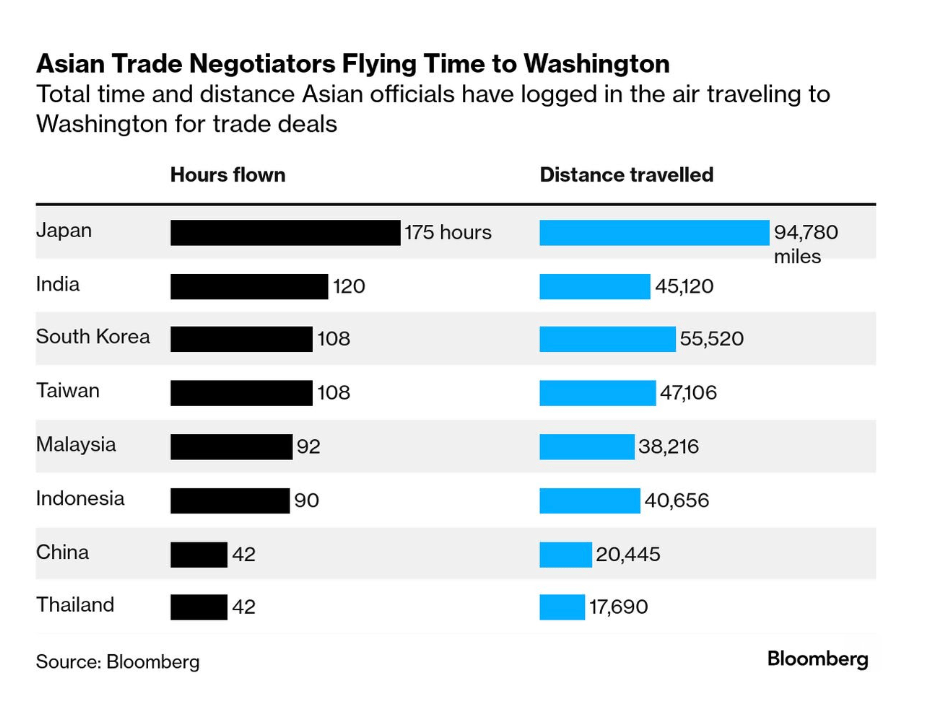
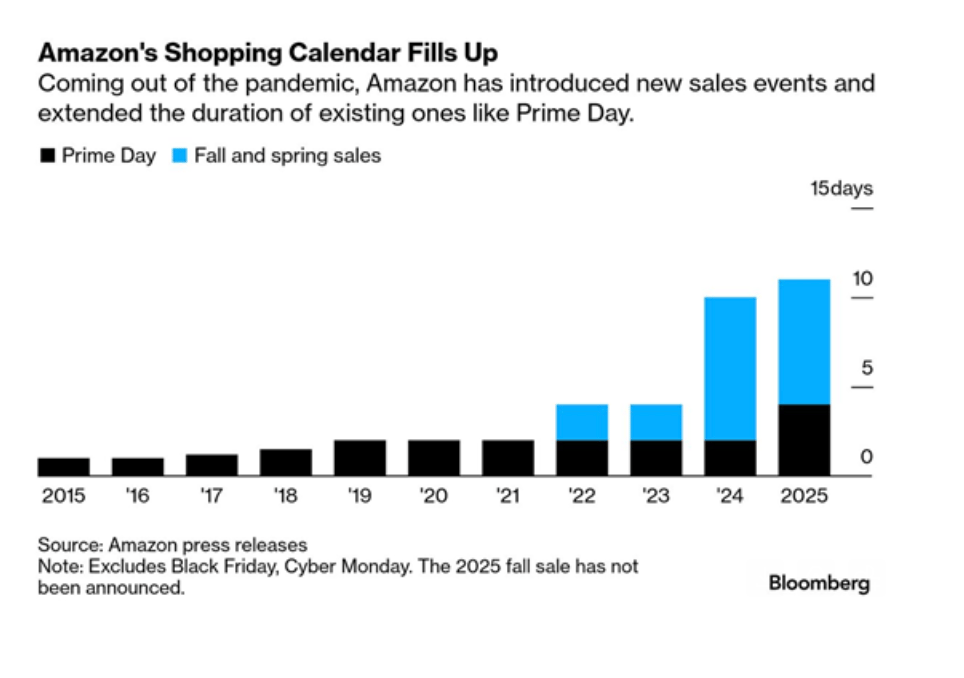
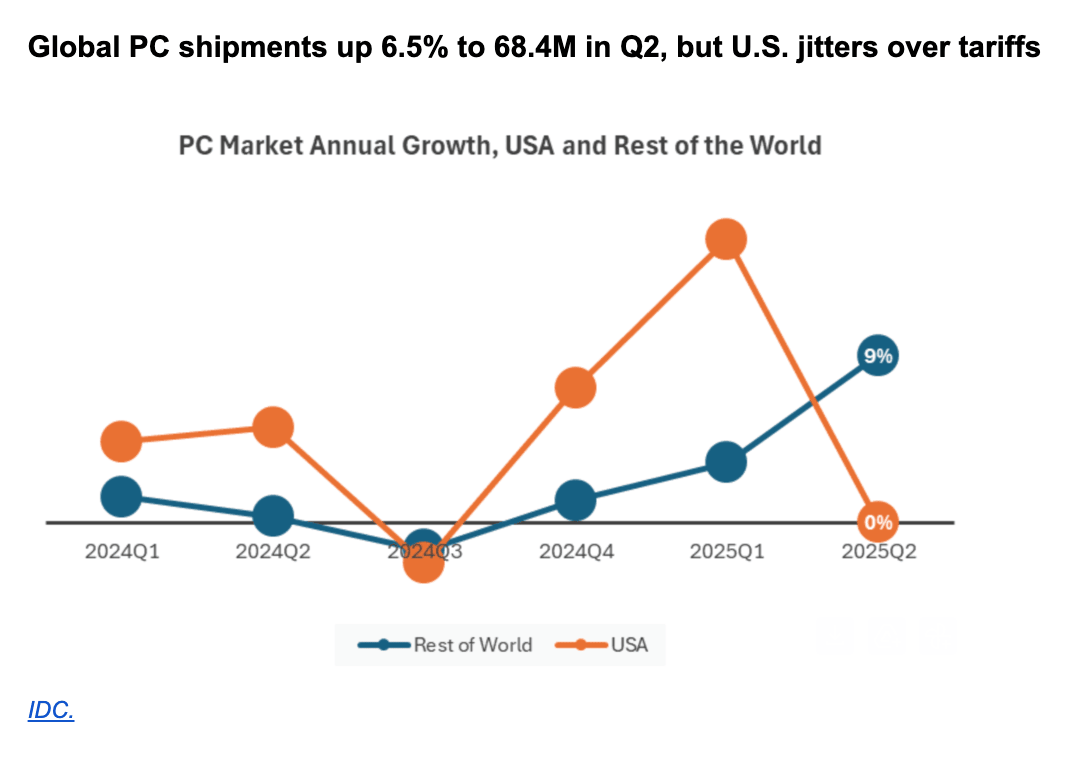
Quote of the Week
“The state of your life is nothing more than a reflection of your state of mind.”
- Dr. Wayne Dyer
Tweet of the Week
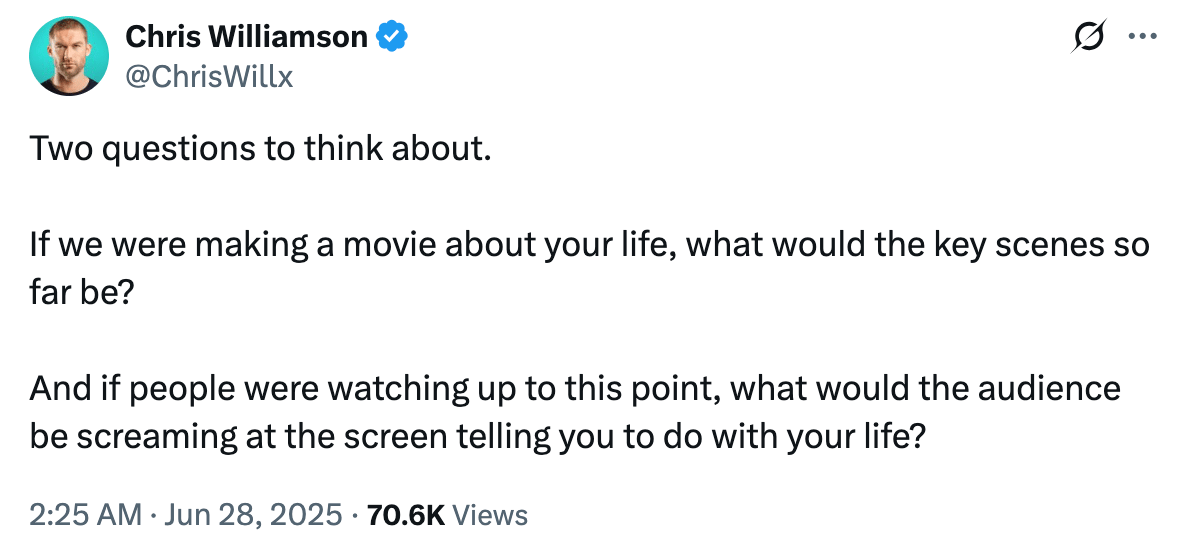
The Final Chuckle
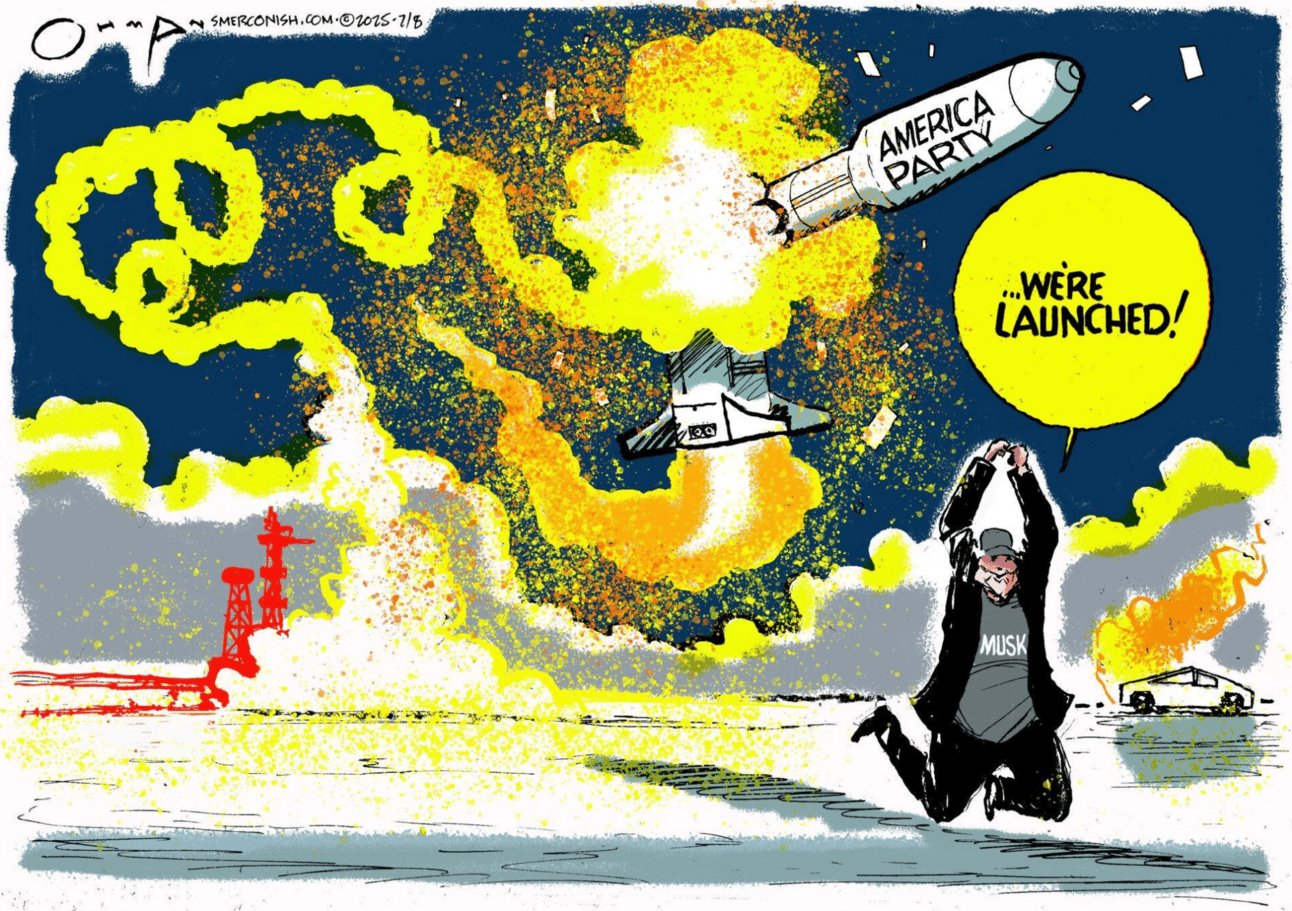
|
Thanks so much for reading. I’d love to know what you think about this issue and how I can make it more useful to you. If you have suggestions or topics you want to see me address, email me at [email protected]!
-- Naseem
